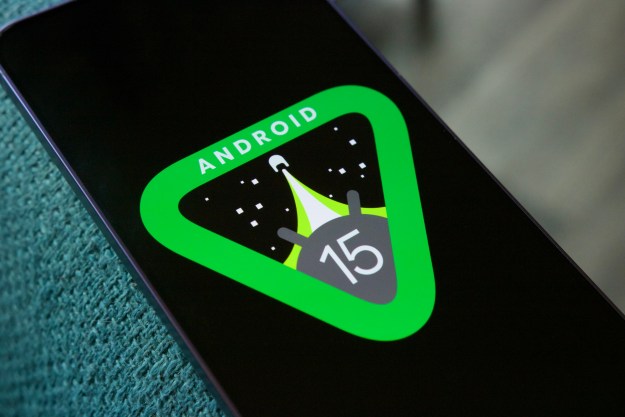Google is bringing a strange new addition to its Pixel line of products next year: an Android tablet. Though the company has been building up to a Pixel Watch for years with back-to-back acquisitions, the Pixel Tablet seemingly came out of nowhere when it was initially teased at Google I/O in May. And during Google’s hardware event for the Pixel 7, we got an even better glimpse at it.
Although the Android tablet niche is one that’s struggled for a while, Google is taking an interesting approach with the Pixel Tablet. In addition to functioning as a “normal” tablet, Google is also positioning the Pixel Tablet as a dashboard for its ecosystem of smart home appliances. Google’s recent history with large-screen devices is nothing short of a mess, leading me to believe the Pixel Tablet is destined for failure. But it’s also a bad idea that just might work.
A quick primer on Google Pixel tablets and computers
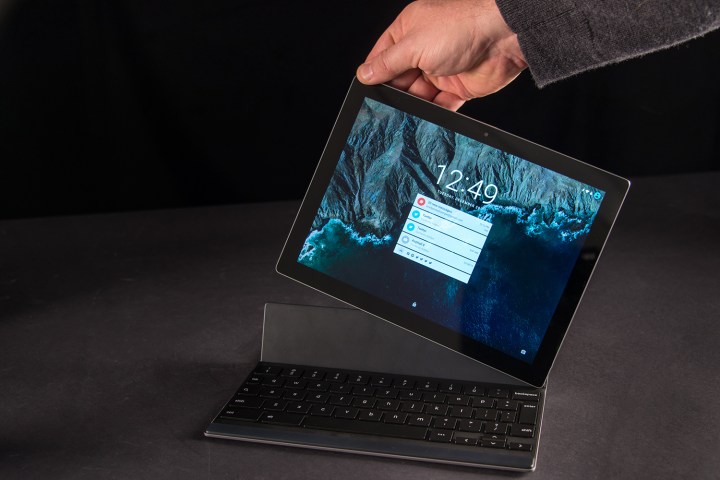
The last
In mid-2019, Google announced it was done making in-house tablets and even canceled two unreleased products. That was also the end of the similarly unsuccessful Pixel Slate.
“Google’s hardware team will be solely focused on building [ChromeOS] laptops moving forward,” tweeted Google’s hardware chief, Rick Osterloh, at the time.
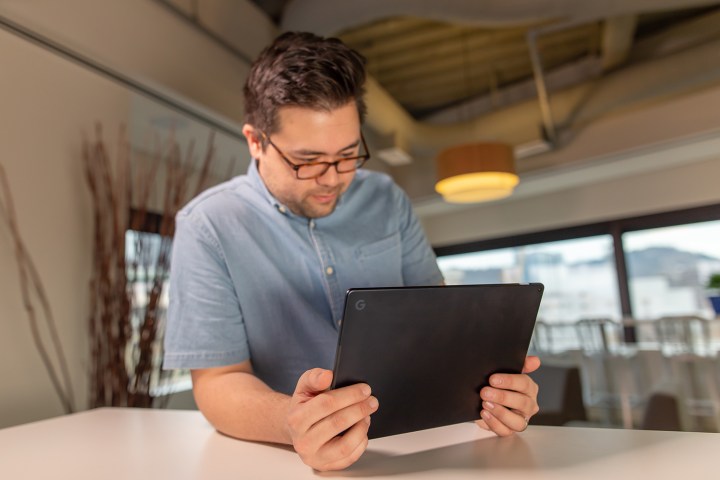
In the subsequent years, there was little development in the
In early 2022, Google quietly began assembling a team for
Will Google commit to the Pixel Tablet for good?
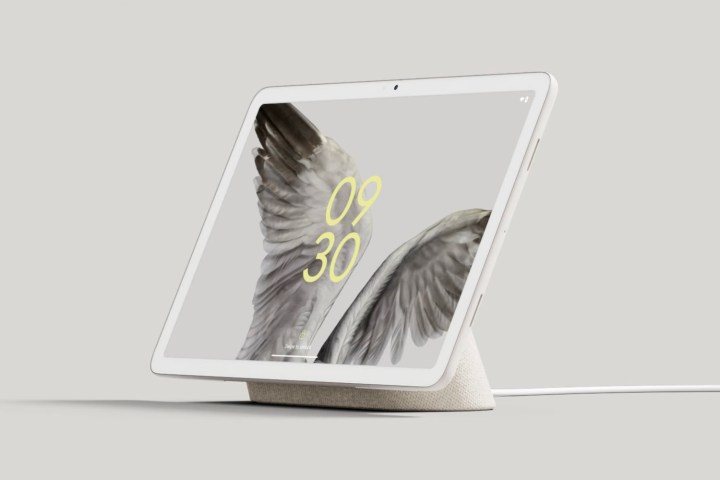
Google is infamous for not taking long to dump products when they don’t work out. So why did it bother to return to
Other than offering a high-end experience for
This is also an opportunity for Google to further promote its in-house Tensor G2 chipset, the same one powering the Pixel 7 and Pixel 7 Pro.
The Pixel Tablet looks the part too. It doesn’t have any radical attributes like the iPad Pro’s computer-grade processor, nor does Google expect you to get work done on it. Without the Google logo, you’d be even hard-pressed to tell it apart from a generic
Why the Pixel Tablet might actually work
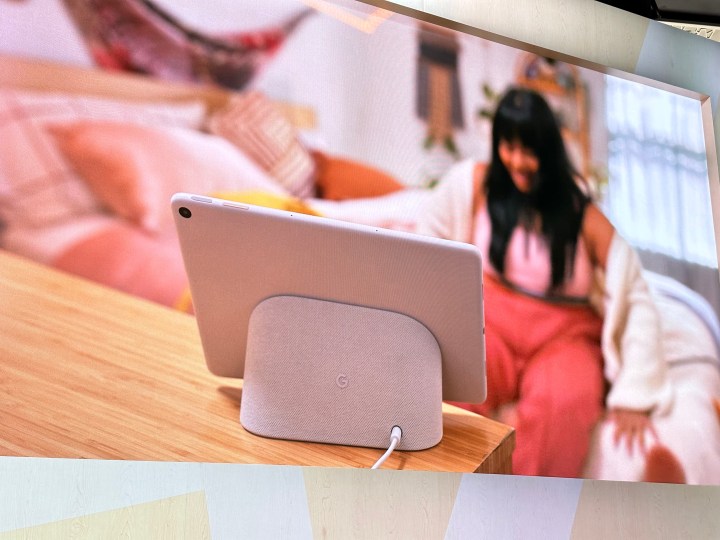
Like almost every Google product, the Pixel Tablet is aimed at roping its users into the company’s broader ecosystem of services (and in this case specifically, a Google-compatible smart home). Those pins allow you to plop the Pixel Tablet on a wireless charging dock that instantly turns it into a Nest Hub. Once docked, you can use it as a dashboard from where you can control all your smart appliances, an always-on photo frame that shuffles through your Google Photos library, a videoconference hub, and more.
It’s the sort of concept that Amazon and its Alexa partners like Lenovo already offer, and there’s a decent chance the Pixel Tablet will serve as a blueprint for third-party
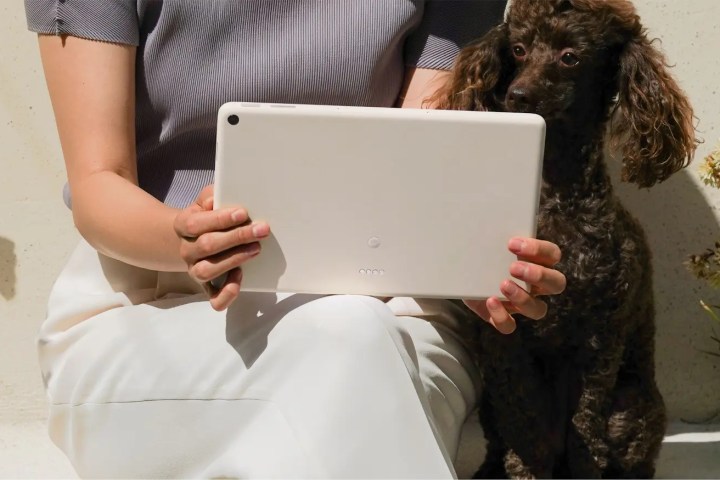
Considering the rest of the Pixel lineup’s competitive pricing, the Pixel Tablet will likely take on Apple’s entry-level iPad and undercut it. So far, it looks like a dependable
If Google doesn’t delay it too much and plays its card right, the Pixel Tablet might just work. Whether Google’s inconsistent record with in-house tablets and computers will hinder its success, though, remains to be seen. At the very least, there’s an interesting idea here that I want to see more of.
Editors' Recommendations
- A new Google Pixel Tablet is coming, but it’s not what you think
- The first Google Pixel 9 Pro hands-on photos are here
- Something strange might happen to the Google Pixel Fold 2
- Google Pixel 8a: news, rumored price, release date, and more
- Here’s every color that will be available for the Google Pixel 8a


